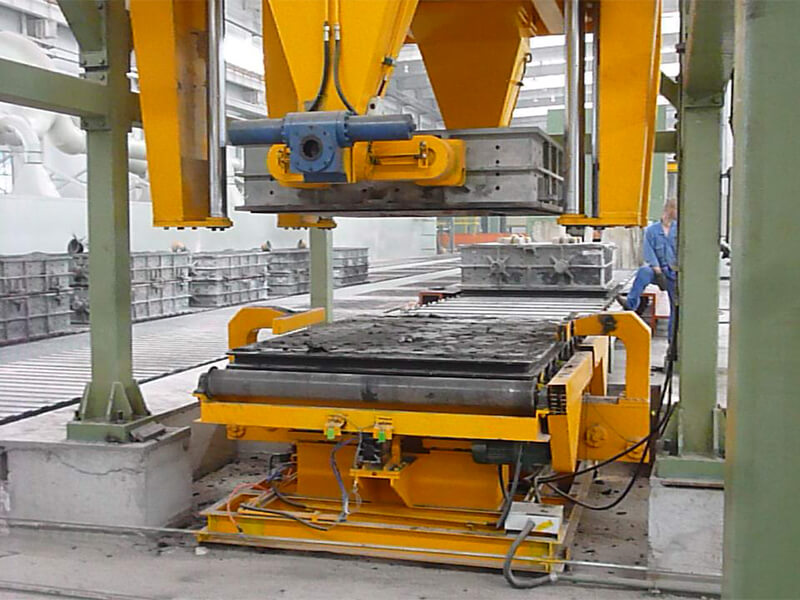- Afrikaans
- Albanian
- Amharic
- Arabic
- Armenian
- Azerbaijani
- Basque
- Belarusian
- Bengali
- Bosnian
- Bulgarian
- Catalan
- Cebuano
- China
- China (Taiwan)
- Corsican
- Croatian
- Czech
- Danish
- Dutch
- English
- Esperanto
- Estonian
- Finnish
- French
- Frisian
- Galician
- Georgian
- German
- Greek
- Gujarati
- Haitian Creole
- hausa
- hawaiian
- Hebrew
- Hindi
- Miao
- Hungarian
- Icelandic
- igbo
- Indonesian
- irish
- Italian
- Japanese
- Javanese
- Kannada
- kazakh
- Khmer
- Rwandese
- Korean
- Kurdish
- Kyrgyz
- Lao
- Latin
- Latvian
- Lithuanian
- Luxembourgish
- Macedonian
- Malgashi
- Malay
- Malayalam
- Maltese
- Maori
- Marathi
- Mongolian
- Myanmar
- Nepali
- Norwegian
- Norwegian
- Occitan
- Pashto
- Persian
- Polish
- Portuguese
- Punjabi
- Romanian
- Russian
- Samoan
- Scottish Gaelic
- Serbian
- Sesotho
- Shona
- Sindhi
- Sinhala
- Slovak
- Slovenian
- Somali
- Spanish
- Sundanese
- Swahili
- Swedish
- Tagalog
- Tajik
- Tamil
- Tatar
- Telugu
- Thai
- Turkish
- Turkmen
- Ukrainian
- Urdu
- Uighur
- Uzbek
- Vietnamese
- Welsh
- Bantu
- Yiddish
- Yoruba
- Zulu
Nov . 28, 2024 10:23 Back to list
Exploring Innovations and Trends in Metal Casting Techniques and Applications
The Evolution and Significance of Metal Castings
Metal castings have been an integral part of manufacturing for centuries, serving as the backbone of industries ranging from automotive to aerospace. This versatile process involves pouring molten metal into a mold to create products of various shapes and sizes. The art of casting has evolved significantly over the years, driven by advancements in technology and a growing demand for precision and efficiency.
Historically, the casting process can be traced back to ancient civilizations
. Archaeological evidence suggests that the earliest metal castings were created as far back as 3000 BC in Mesopotamia, where artisans crafted tools and decorative items. Over time, the techniques refined, leading to more intricate designs and larger-scale productions. The introduction of the bronze age marked a significant turning point, enabling the creation of stronger and more durable metal objects.In modern times, the casting process has diversified into several methods, each tailored to specific applications and materials. Among the most common techniques are sand casting, investment casting, and die casting. Sand casting, one of the oldest and simplest forms, involves creating a mold using sand and a binder. This method is particularly favored for large components due to its cost-effectiveness and ability to accommodate complex shapes.
Investment casting, also known as lost-wax casting, is another method that has gained popularity, especially in industries requiring high precision. This process involves creating a wax model, which is then coated in a ceramic shell. Once the shell hardens, the wax is melted away, leaving a cavity for molten metal. This technique allows for intricate designs and high-quality finishes, making it a preferred choice for the aerospace and medical industries.
metal castings

Die casting, on the other hand, is characterized by forcing molten metal into a mold under high pressure. This method is ideal for producing small to medium-sized parts with excellent dimensional accuracy. Die casting is widely used in the automotive industry for components such as engine blocks, gear housings, and transmission cases, where strength and durability are paramount.
One of the most significant trends in the casting industry is the increasing emphasis on sustainability. As environmental regulations tighten and industries strive to reduce their carbon footprint, metal casting manufacturers are adopting greener practices. This includes recycling scrap metal, utilizing energy-efficient technologies, and exploring alternative materials with lower environmental impacts.
Furthermore, advancements in computer-aided design (CAD) and simulation software have revolutionized the casting process. These technologies enable engineers to design complex geometries and predict casting defects before physical production, reducing waste and increasing efficiency. Additive manufacturing, or 3D printing, is also making its mark on the casting industry, allowing for faster prototyping and the production of bespoke components that traditional techniques may not accommodate.
The significance of metal castings in today’s economy cannot be overstated. They play a critical role in sectors that drive innovation and growth, such as automotive, aerospace, and energy. As the demand for lightweight, high-strength materials grows, metal castings continue to evolve, pushing the boundaries of what is possible in manufacturing.
In conclusion, metal castings are a vital component of modern manufacturing, facilitating the production of durable and intricately designed products across various industries. As technology progresses and sustainability becomes a focal point, the future of metal casting promises to be one of innovation and adaptability, ensuring that this age-old craft remains relevant in a rapidly changing industrial landscape.
-
Premium Cast Iron Water Main Pipe: Durable, Corrosion-Resistant
NewsAug.03,2025
-
Durable Cast Iron Water Mains | AI-Optimized Systems
NewsAug.02,2025
-
High-Efficiency Propane Boiler for Baseboard Heat | Save Energy
NewsAug.01,2025
-
Premium Source Suppliers for Various Gray Iron Castings
NewsJul.31,2025
-
Durable Cast Iron Water Main Pipes | Long-Lasting
NewsJul.31,2025
-
High-Quality Cast Iron Water Main Pipe for Durable Infrastructure
NewsJul.30,2025


